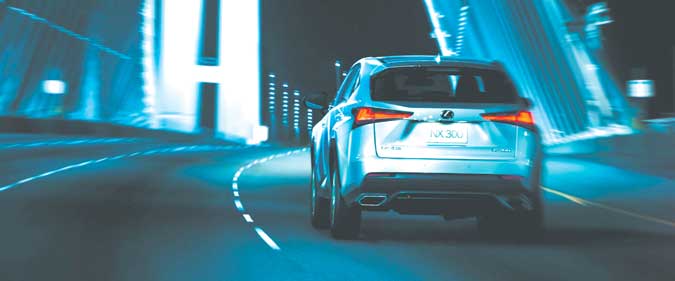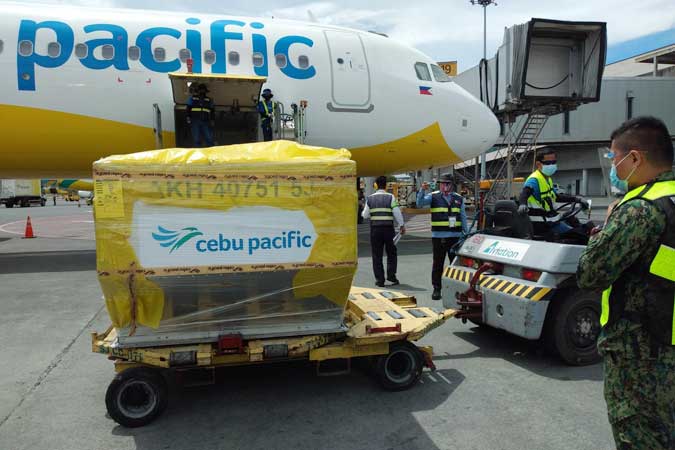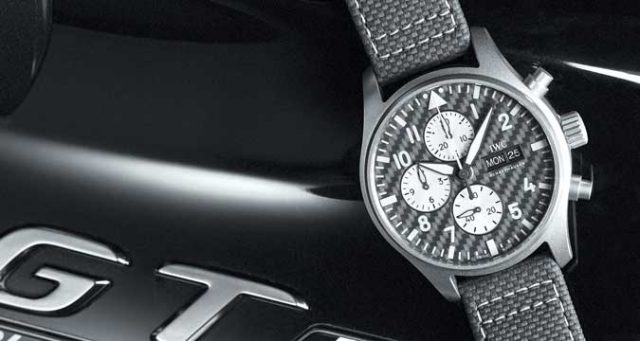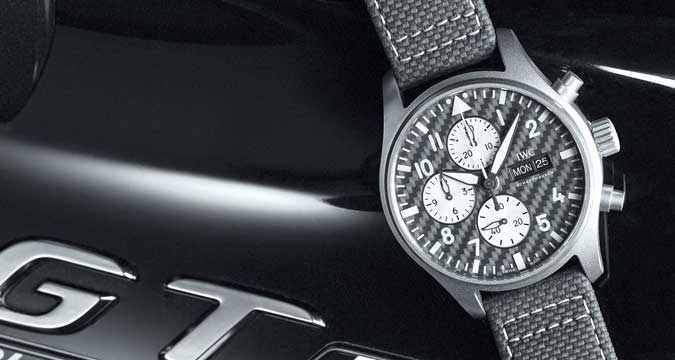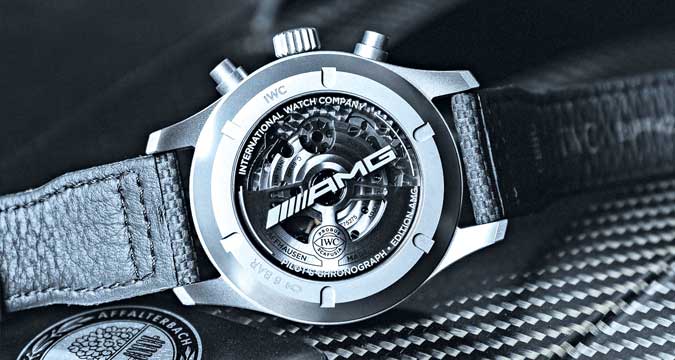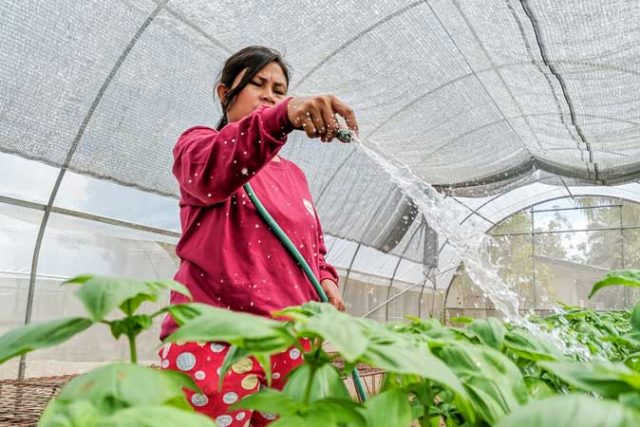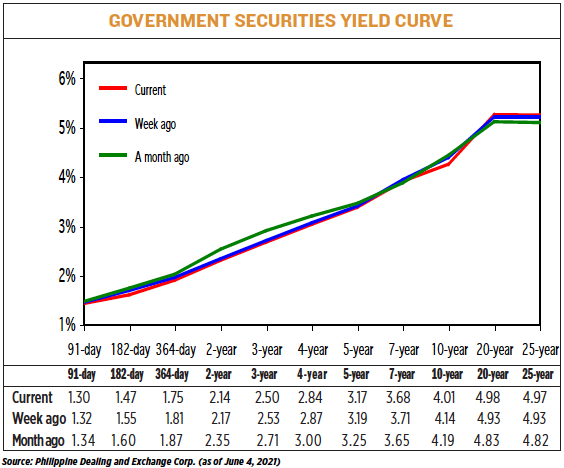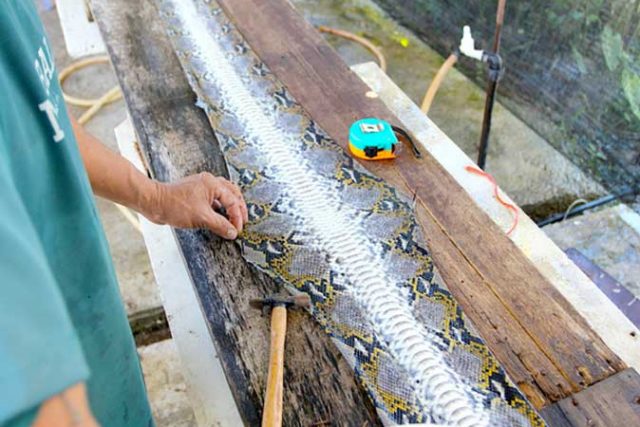Lexus NX 300: A buttery-smooth drive with a stress buster
OF THE BRAND’s five current SUV models, the NX was the fourth Lexus to debut (in 2014), making it the second newest crossover from Japan’s premiere luxury brand, after the subcompact UX (which came out in 2018). The earlier three models (the midsize RX and the full-size LX and GX) predate the NX by a lengthy 19 years to a whopping 26 years.
This makes the fact that the NX has now become the second best-selling Lexus SUV worldwide (after the RX) an impressive achievement.
Chalk it up partly to its ideal size. The NX is the compact crossover in the Lexus lineup, which puts it squarely in the size-and-price sweet spot of a vast majority of buyers, which are mostly those who have older (or even adult-aged) children but don’t need the extra space and size of the RX.
These are also people who desire a distinctively designed SUV (I freely use both “crossover” and “SUV” to describe the NX because it capably covers the differences between the two) that has arguably the most comfortable ride in its class. It’s a luxury brand, after all. And what could be more luxurious than a smooth, plush ride in a heavily soundproofed cabin?
Lexus is renowned for producing among the quietest, most refined, and most comfortable automobiles in the world, which makes them ideal for the high-stress conditions of Metro Manila traffic. And which is why I looked forward to testing the Lexus NX in our metro streets.
The Lexus NX is available in three variants: the hybrid NX 300h (P3.688 million), the NX 300 F Sport (P3.718 million) flagship, and my test unit, the NX 300 (P3.218 million).
Style-wise, while I’m a big fan of the Lexus spindle grille design language, I have always preferred its execution on the sedans and coupes. I feel that the aggressive front has a slight disconnect with the bulkier dimensions of an SUV, which is why the spindle grille looks relatively better on the smaller NX and UX than their three bigger siblings — at least for my taste.
In any case, the NX cuts a distinctive profile from any angle, thanks to that bold front end, the sculpted fenders, that arrowhead rear quarter window, and the angular character lines that run through the doors.
Under the hood of the NX 300 (and the NX 300 F Sport) is a twin-scroll-turbocharged direct-injection 2.0-liter inline-four developing an impressive 235hp and 350Nm of torque (mated to a six-speed automatic delivering power to all four wheels). A four-cylinder motor will never be as smooth as a V6 or V8, but leave it to Lexus to employ its cutting-edge NVH-suppression measures to banish any untoward noise or vibration. The generous outputs also gave the NX 300 an agile responsiveness that belies its grace and smoothness. Its generous torque is available at a very flat spread from as low as 1,650rpm all the way to 4,000rpm, which means that a slight prod on the throttle is enough to get the NX smartly moving. Zero-to-100 kph time is a surprisingly brisk 7.1 seconds.
Power delivery is one thing, but where the NX likewise shines is in its exceptional road-holding manners. The front MacPherson strut/lower arm and rear double wishbone suspension has been tuned to perfectly balance ride and handling. The springs, stabilizer bars and bushings have been tweaked for improved turn-in response and steady-state cornering while the finely tuned shock absorbers help deliver that trademark Lexus buttery-smooth ride.
Inside, you’ll find a very spacious and artisan-crafted cabin where most of the surfaces you can touch are leather-covered and plushly padded. Nearly all the controls and switches inside the NX, including the drive mode selector, shift knob and door handles, have a metallic satin finish, enhancing the premium look and feel of the cabin.
On the center console is an enlarged touch pad with a thoughtful padded and leather-covered wrist support, a charger tray for wireless smartphone charging, and USB ports with higher amperage for faster charging. The beautifully minimalist analog clock nestled within the A/C control display boasts a dark gray dial and satellite control, which automatically adjusts the time in different time zones.
On the safety front, eight air bags line the cabin while wide-angle cornering lights provide additional illumination when turning. Drive Mode Select also lets you choose from five different modes: Normal, Eco, Sport, Sport +, and Custom — the latter allowing you to decide on the car’s powertrain, Adaptive Variable Suspension, power steering, and air-conditioning settings. A foot-actuated power tailgate opens automatically for hands-free convenience.
The NX was designed to meet the expectations of those looking for a capable crossover that delivers an engaging on-road driving experience while still capable of tackling more challenging terrain. Knowing that you have a competent vehicle when the need arises is empowering. If the weather turns nasty or if road conditions degrade to less than ideal — two conditions that happen all too often in the Philippines — then having a vehicle that is more than up to the task of getting you to your destination without drama is indeed an asset. All that luxury, comfort, refinement and that legendary Japanese reliability are just the icing on the cake.




